Maple Cant Lumber
- September 21, 2023
- 0 comment
Maple Cant Lumber boasts a rich history in the lumber industry, stretching back for decades. Over the years, they have evolved into a premier supplier of maple cant lumber in North America. Their focus on maple wood, prized for its strength and distinctive grain patterns, has made them a preferred choice among woodworking and construction professionals seeking the best materials for their projects.
One of Maple Cant Lumber’s most distinguishing features is its steadfast commitment to sustainable forestry practices. They adhere to strict environmental guidelines, ensuring that their harvesting methods protect the delicate balance of the maple forests they depend on. This dedication to environmental responsibility provides assurance to customers who prioritize eco-conscious sourcing.
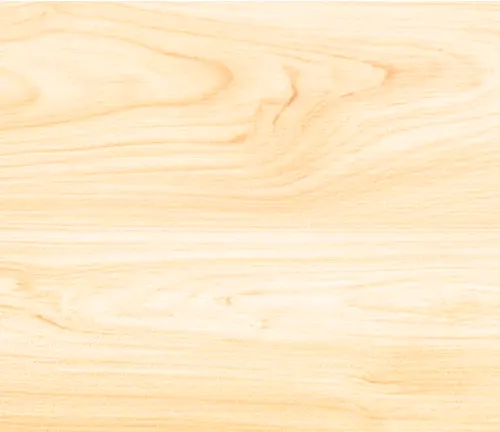
In addition to their sustainable ethos, Maple Cant Lumber’s production facilities are equipped with the latest technology and staffed by skilled artisans. This combination of tradition and innovation results in maple cant lumber products that are not only of consistent, high quality but also feature the timeless beauty of maple wood. Whether you’re crafting custom furniture, undertaking renovation projects, or building structures, Maple Cant Lumber offers the ideal blend of strength and aesthetics.
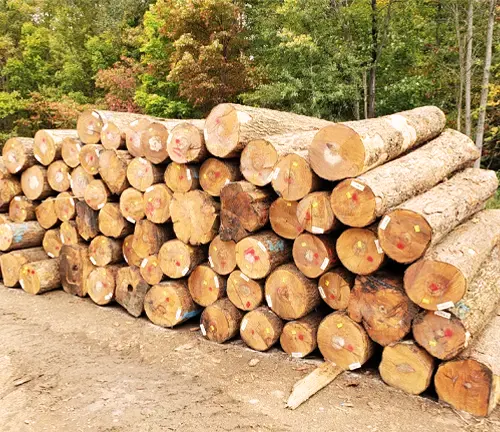
| Specifications | Description |
| Dimensions | (Thickness: 1-6 inches) (Width: 2-12 inches) (Length: 8-20 feet) |
| Moisture content | Air-dried (19% or less) or kiln-dried (15% or less |
| Appearance | Heartwood or sapwood; straight or slightly wavy grain pattern |
| Density | 42 pounds per cubic foot |
| Hardness | 1750 Janka hardness rating |
| Workability | Relatively easy to work with, but important to use sharp tools and take care not to overcut the wood. Can be finished with a variety of products, including stains, varnishes, and paints. |
| Wood Species | Maple cant lumber is primarily made from hard maple (Acer saccharum), known for its dense grain structure, strength, and appealing appearance. |
| Surface Finish | Maple cant lumber is often sold rough-sawn, which means it has a coarse, unfinished surface. However, it can be further processed to achieve a smooth finish through planing or sanding if required. |
| Color | Maple wood typically has a pale, creamy-white to light brown color with occasional streaks of reddish-brown. The color can vary slightly depending on the specific type of maple and the location of the tree. |
| Certifications | Many suppliers of maple cant lumber adhere to sustainable forestry practices and may offer wood products certified by organizations like the Forest Stewardship Council (FSC) to ensure responsible sourcing. |
A Source of Natural Beauty
Maples are revered for their use in landscaping and urban planning due to their aesthetic appeal. They provide shade, ornamental value, and create serene spaces for relaxation and reflection. From the classic Sugar Maple (Acer saccharum) to the Japanese Maple (Acer palmatum) with its delicate, lace-like leaves, these trees are celebrated for their ability to transform any garden or park into a haven of natural beauty.
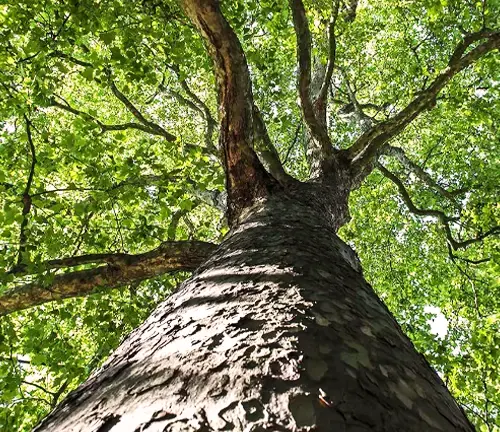
Maple Cant Lumber’s Unique Charm
The distinct appeal of maple cant lumber lies in its subtle yet captivating grain patterns. Its creamy color and fine texture make it a favorite among woodworkers and designers seeking to create pieces that exude elegance and sophistication. When working with maple cant lumber, artisans find themselves inspired by its inherent beauty.
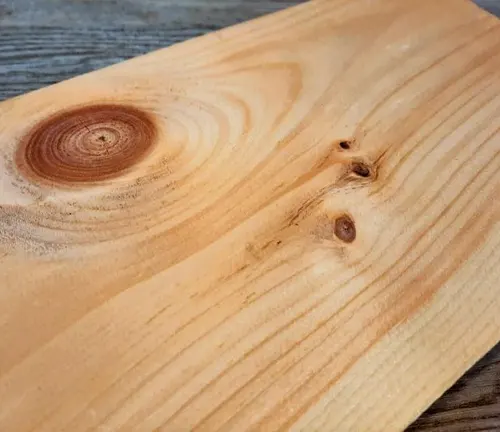
The Precision of Joinery
Working with maple cant lumber demands precision and attention to detail. Artisans and woodworkers take pride in crafting seamless joints and dovetails that showcase the wood’s natural beauty. The fine grain of maple cant lumber lends itself gracefully to these tasks, resulting in connections that are not only functional but also visually stunning.
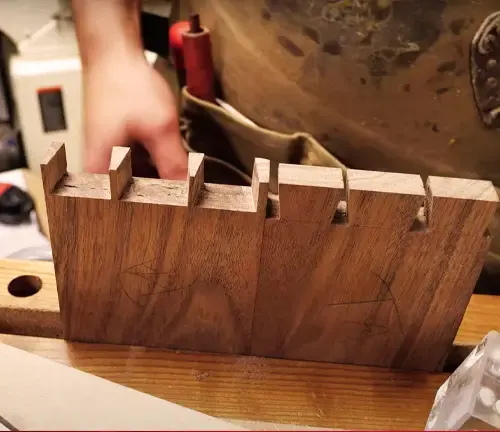
The Aesthetic Appeal
One of the most notable characteristics of maple can’t lumber is its remarkable appearance. The distinctive grain patterns and ray flecks give the wood a captivating and luxurious look. When finished with a clear coat or stain, can’t maple takes on a warm, honeyed glow that adds elegance and charm to any project.
Functional Artistry
Many artisans view their creations with maple cant lumber as functional art pieces. Custom-made furniture, with its exquisite detailing and polished finish, transforms ordinary spaces into showcases of craftsmanship. Each piece becomes a conversation starter and a testament to the artisan’s dedication to their craft.
Sustainability and Environmental Considerations
Beyond its visual appeal and versatility, maple can’t lumber also has environmental benefits. Maple trees are relatively fast-growing and abundant, making them a more sustainable choice compared to some other hardwood species. Responsible forestry practices ensure that maple can’t lumber is harvested in a way that minimizes environmental impact, making it a more eco-friendly option for conscientious woodworkers.
Eco-Friendly Design Choice
As environmental consciousness continues to grow, designers and homeowners are turning to sustainable materials. Maple cant lumber fits the bill perfectly. Sourced from responsibly managed forests, it embodies eco-friendly design principles. Choosing maple cant lumber is not just an aesthetic choice but also a statement of commitment to the environment.
Texture and Versatility
Maple cant lumber offers a unique texture that’s highly sought after in modern design. Its fine grain and subtle variations in color add depth and interest to otherwise monochromatic interiors. Designers are using maple cant lumber for everything from accent walls and flooring to statement furniture pieces, allowing them to play with texture and create focal points in their projects.
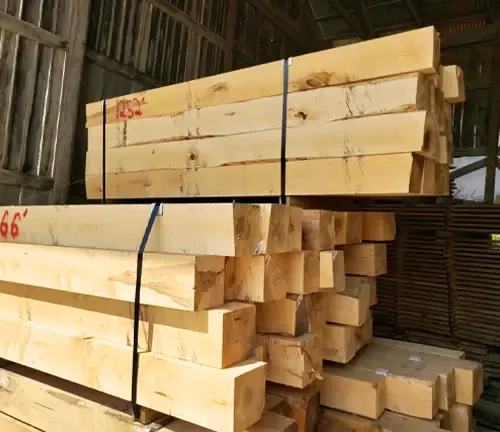
Common Uses
Maple cant lumber finds versatile applications in various industries and woodworking projects due to its exceptional qualities. It is commonly utilized in furniture making, where its strength and stability make it a preferred choice for crafting enduring pieces such as tables, chairs, cabinets, and dressers. Additionally, in the realm of interior design, maple cant lumber often graces flooring, as it can withstand heavy foot traffic while adding a touch of elegance with its light and consistent color.
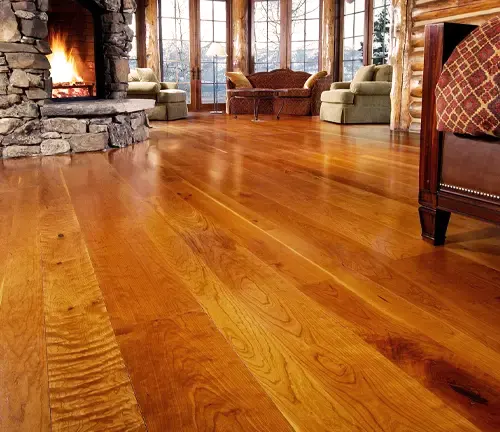
Woodworkers and artisans value this wood for its ease of machining and carving, enabling intricate detailing and precise joinery in crafting bespoke wooden creations. Whether it’s creating functional furniture or intricate woodworking crafts, maple cant lumber’s adaptability and aesthetic appeal make it an indispensable material in the world of woodworking.

Frequently Asked Questions (FAQs)
- Can maple cant lumber be used for musical instrument construction?
Yes, maple cant lumber is a popular choice for crafting musical instruments such as violins, cellos, and pianos. Its exceptional tonal properties and stability make it ideal for achieving rich, resonant sounds. - What are the advantages of using spalted maple cant lumber in woodworking?
Spalted maple cant lumber, which exhibits unique dark lines and patterns due to fungal activity, is highly prized for its decorative appeal. Woodworkers often use it to add character and artistic flair to their projects, such as custom-made furniture and specialty items. - How can I maintain the natural color of maple cant lumber over time?
To preserve the light and creamy color of maple cant lumber, it’s essential to avoid prolonged exposure to direct sunlight, as this can lead to gradual darkening or yellowing. Applying a clear wood finish with UV protection can help maintain its natural color. - Is maple cant lumber suitable for outdoor projects like decking or garden furniture?
Maple cant lumber is generally not recommended for outdoor use, as it is not naturally resistant to moisture and insects. Outdoor applications are better suited for hardwoods like teak or cedar, which have built-in weather-resistant properties. - Can maple cant lumber be stained or dyed to achieve a darker color?
Yes, maple cant lumber can be stained or dyed to alter its natural color. However, it’s important to note that achieving a uniform and consistent darker color can be challenging due to maple’s tight grain pattern. Proper surface preparation and testing of stains or dyes on a small sample are advisable to achieve the desired result.



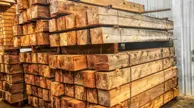


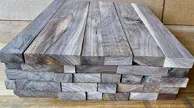







Leave your comment